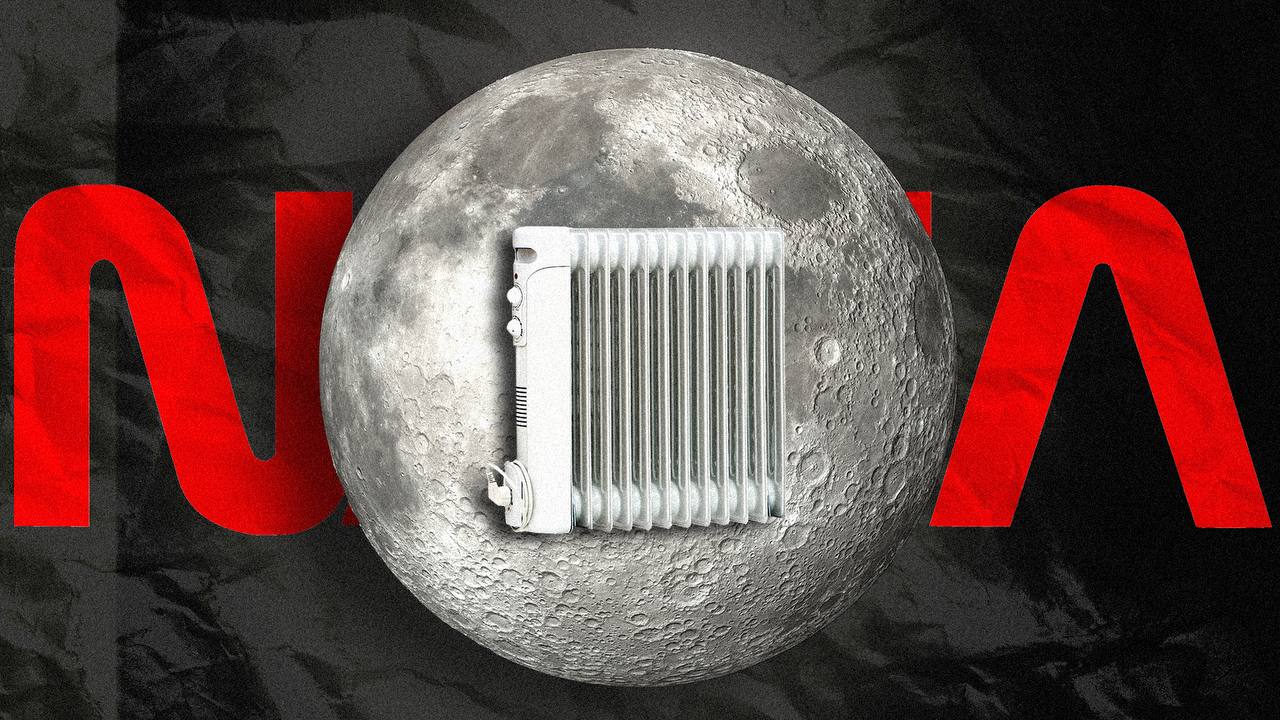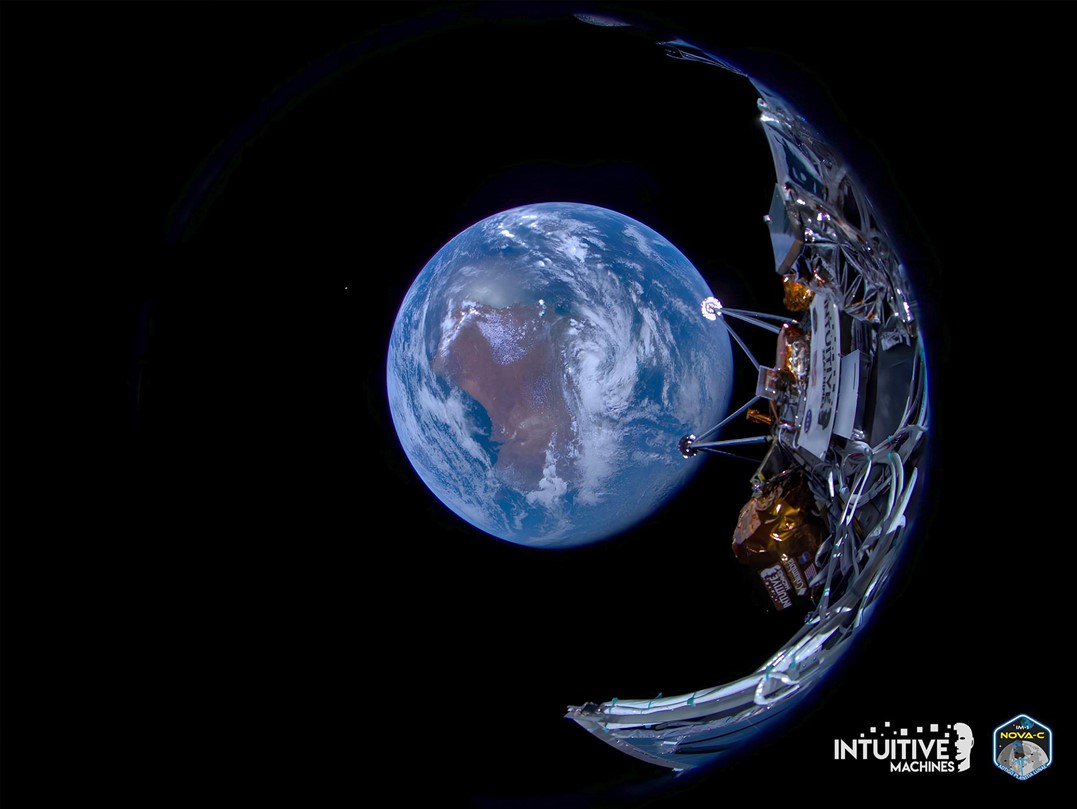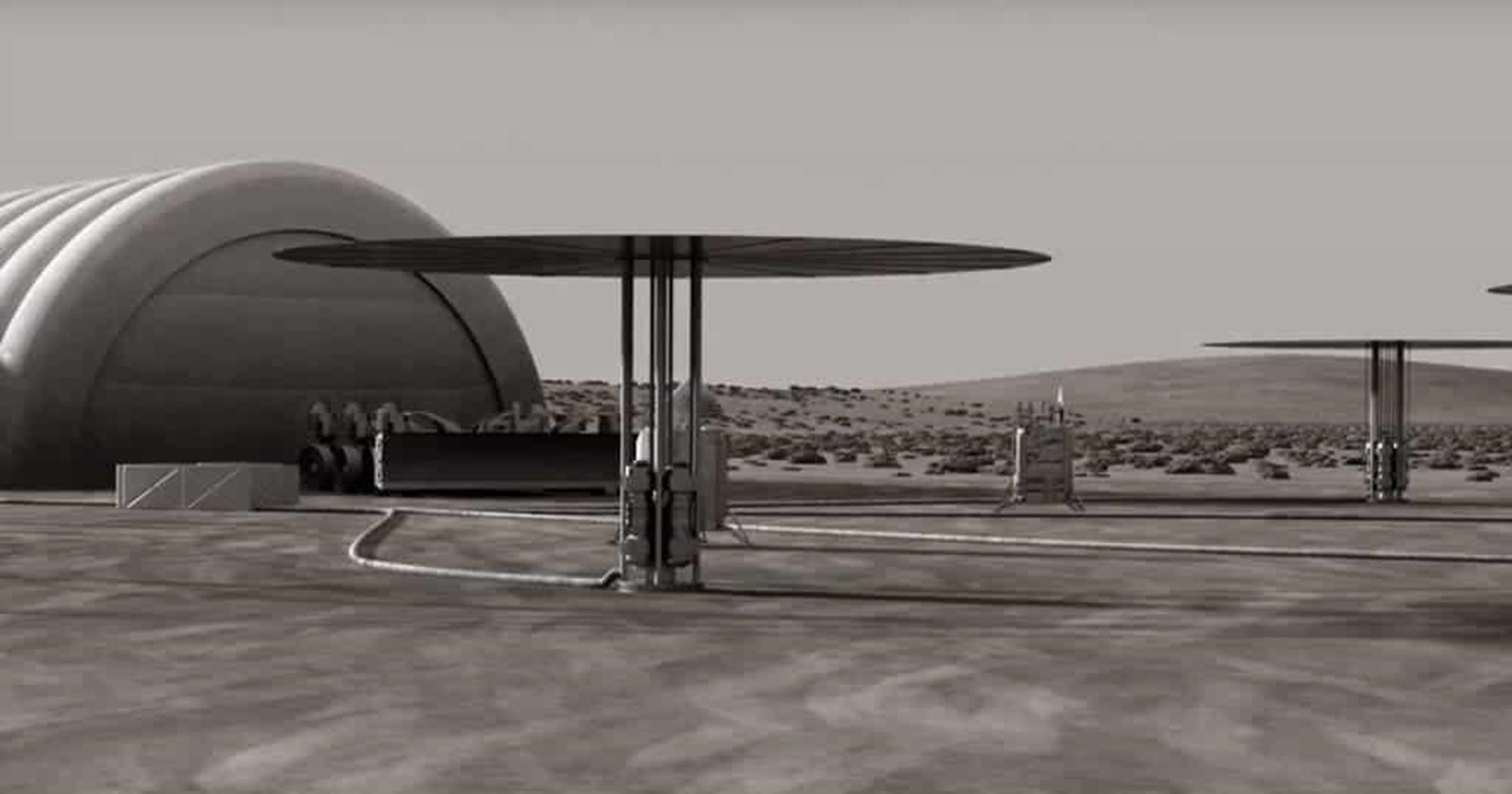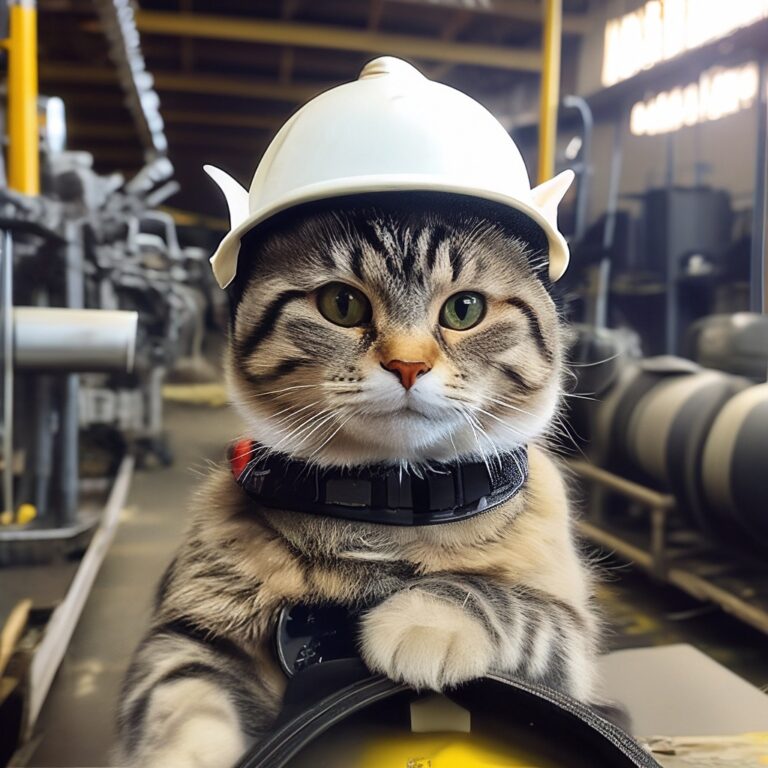NASA plans to more actively use nuclear energy for spacecraft
Spacecraft descending onto the lunar surface face one difficulty – the lack of a stable source of energy to ensure their functionality. Despite the presence of solar panels, they do not work particularly efficiently due to the moonlit night. Another problem is a fall temperatures down to -173 °C on the surface of the Earth's satellite in the dark, which often leads to failure of the devices.
This is exactly the problem faced by the Odysseus space module from the private company Intuitive Machines. NASA launched the vehicle as part of a program to send astronauts to the Moon for missions in the next decade. Now scientists and engineers from scientific and commercial organizations are discussing the possibility of using solar-independent energy sources. Details are under the cut.

Deadly cold
The Odysseus spacecraft froze on the first lunar night, unable to survive the extremely low temperatures. For some time, NASA and Intuitive Machines still hoped to receive a signal from him, but a miracle did not happen. The project was part of Commercial Lunar Payload Services, or CLPS, a NASA program to provide transport services for small robotic machines to the Moon for science and exploration missions. A similar situation happened with the Indian device Chandrayaan 3 in August 2023. Japan had more experience with low temperatures on the Moon successful — their SLIM landed on the surface of the Earth's satellite in January and is still operating, despite failures of some sensors and batteries.

Despite this, NASA don't countthat the next series of spacecraft will survive the lunar night. Therefore, they are all designed only for lunar day conditions, like the human landing mission under the Artemis III program. The astronauts will spend up to six days on the Moon, after which they will return to Earth without waiting for the lunar night to set in.
But NASA's long-term goal doesn't match the length of missions planned for this year. The short “life” of lunar spacecraft does not make it possible to study and monitor geophysical phenomena on the Moon. NASA also plans to explore craters at the south pole that have not seen light for billions of years and that are likely to contain reserves of water ice. All these studies require months and even years of continuous human presence on the satellite. Therefore, the agency needs to independently create the necessary conditions for itself on the Moon.
Survive the night
Nuclear reactors have been used in space before. For example, the USSR launched about 40 military satellites powered by nuclear power, and some of them are still in orbit around the Earth. The US also sent an experimental nuclear reactor SNAP-10A into orbit, although they did not reach their goals due to the launch vehicle being destroyed during the launch process. NASA's interplanetary probes such as Voyagers, Cassini, Curiosity and Perseverance used RTGs (radioisotope electrical power source). China in its latest developments used a device with a radioisotope heat generator RHU. Its size is comparable to the eraser on the tip of a pencil. The heat generated is enough to protect sensitive spacecraft components from the cold.

Intuitive Machines is exploring the use of RHU in the future, but the energy source is not a panacea, according to operations director Peter McGrath. Something bigger is needed if a person is going to actively explore the Moon.
Devices like the RTG and RHU are made by the Department of Energy, while the large nuclear reactor technology that NASA is betting on can only be created by commercial companies. In 2018 were carried out testing a 10-kilowatt nuclear reactor in conditions simulating space. But overall, the nuclear space industry is in its infancy.
The development of other energy supply options for the Moon is also in the initial stages. Another NASA contractor, Astrobotic, is working on the concept of a moving robotic cable on the Moon that can extend up to 1 kilometer. It will be possible to transmit electric current from solar panels to the dark regions of the Moon. This idea can be useful for working near the poles, in the mountain zone on the cliffs of some craters. These mountains are high enough to receive the required amount of solar energy.
Astrobotic has another project called NITE – a nocturnal integrated system that produces energy as a result of exothermic chemical reactions. Such a generator does not require radioactive materials, and from the point of view of obtaining all licenses and permits, the process of its implementation will be simpler.
New challenges

The launch of new types of power supplies into space by commercial companies will also create new challenges at the federal level. The Nuclear Energy Commission (NRC) and the Federal Aviation Administration (FAA) will share responsibility for ensuring the safety of the public. And companies participating in future missions will have to go through a multi-step licensing and security review process. In addition, there is still a lack of clarity regarding regulatory requirements for commercial development of nuclear energy systems.
By the way, not only NASA is considering such ways of developing “space energy”. Head of Roscosmos statedthat Russia and China are seriously considering the project of installing a nuclear power unit on the Moon in the 2030s. And this is a fairly realistic project, because the Russian Federation is a major player in the nuclear energy market. At the same time, China's space programs are sufficiently funded with the active growth of the nuclear industrial sector.
In general, all this is still in the process of discussion and planning, so it will take some time to understand when approximately new power sources will appear on the Moon.




